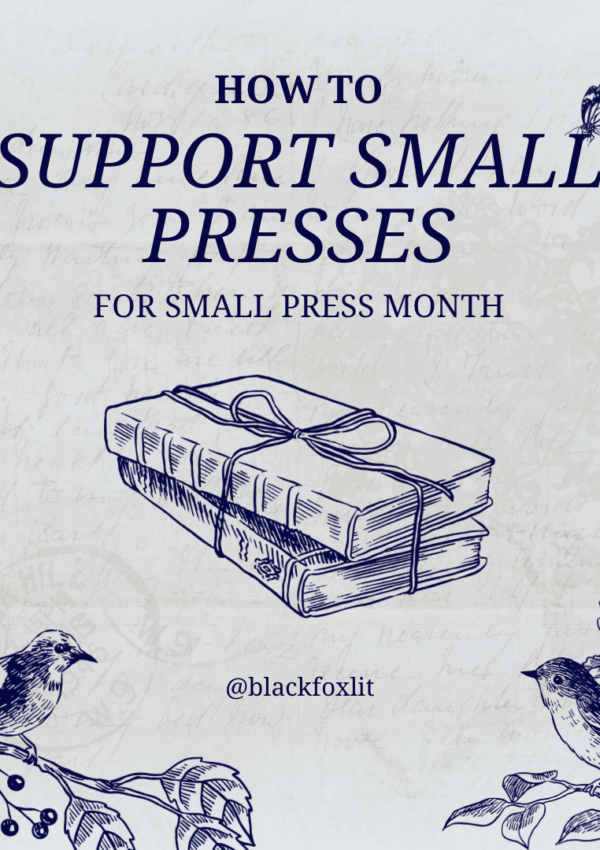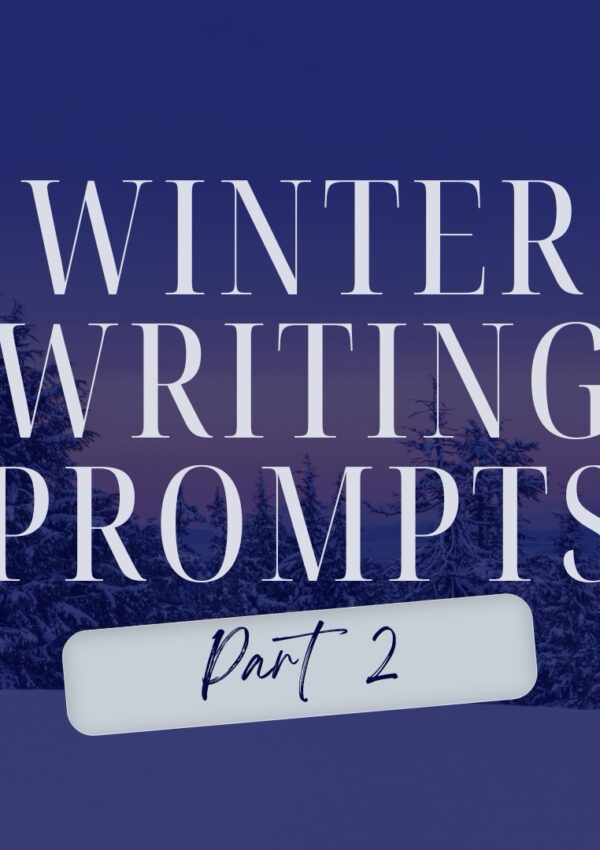Think of the last place you visited that really stuck out to you. What was it about the locale that made you connect to the experience? What details of the place did you retain and recall at later, unexpected moments, bridging the gap between the past and the present? These are the kinds of questions I like to ask myself when deciding on a setting for a story, if that setting has not already announced its presence like a bull before a matador (and usually equally in need of at least a little taming).
I’m not a writer (or a reader) who considers the “write what you know” rule a prerequisite for successful storytelling. Much like the Alcoholics Anonymous strategy of “fake it ‘til you make it,” if you’re dedicated to an idea, you can write your way in the direction you want to travel (you can also write yourself into a corner, but that’s a guest blog post for another day). Where the “fake it ‘til you make it” mantra can drop you in a canyon, without rope or a helicopter pickup time, is in terms of setting. Unless you are either extremely determined or extremely careful, faking your knowledge of a particular setting can be a disastrous move from which there’s no coming back.
Imagine you’ve just picked up a book entitled, Little Rhody: A State Divided. The book claims to examine the rivalry between the Boston Red Sox and the New York Yankees from the perspective of those poor souls living in the biggest little state in the union, and who resent the heated fights that break out in bars and stores selling pro-shop memorabilia alike at the peak of playoff season.
The opening lines of the book read as follows: “Every October, the State of Rhode Island and Providence Plantations becomes akin to the state of the country at the height of the Civil War. Tension builds as thick as New England clam chowder, tempers flare like a Masshole’s road rage, and the longstanding rivalry between Red Sox Nation and the Bronx Bombers is played out on supposed neutral ground, destined to be stained either red with Sox’ blood or navy blue with Yank’s tears come season end.”
What an intro, right? Anyone who loves the Red Sox and hates the Yankees, or vice versa, is chomping at the bit to read the rest of this book! But guess what? The author of Little Rhody: A State Divided? They live in the Midwest, and have never stepped foot in either a baseball stadium or the Ocean State. Sure, they may be a huge baseball fan, and they may be able to glean some important and/or relevant information from the internet.
But in the end, guess who’s going to know that just because Rhode Island is located between Boston and New York City doesn’t mean that the state is a hotbed of baseball rivalry activity, any more so than, say, Maine, New Hampshire, or Vermont? Everyone that lives in New England, and most of the folks who’ve visited the area. Trying to tackle a setting you are not intimately familiar with is like trying to experience an exotic dessert by looking at a picture of it and reading a description of how it tastes. It’s just not the same.
As a Rhode Island resident, I feel pretty comfortable taking on the majority of the New England states in terms of fodder for story settings. I work in Connecticut, lived in Massachusetts for years, New Hampshire briefly, and have vacationed in Maine and Vermont on numerous occasions. These are places I can feel confident utilizing as backdrops to my made-up murder and mayhem.
But let’s go back to those stories that don’t give you a choice as to where they should take place, stories that come wrapped up in ribbon with the setting nestled on the tissue paper inside like an expensive piece of jewelry. These are the stories that writers love to fall asleep envisioning, the ones that turn your handwriting to chicken scratch as you struggle to get it onto paper as fast as your brain can conceive the plot. I find that great story settings usually come hand-in-hand with great story ideas.
If I want to write a story where the main character is hurtling toward an unavoidable fate, where the ghosts of her past are roaring around her ears like high-pitched whistles, I’m trapping my protagonist on the midnight train to madness. If I want to write a humorous story about a woman who has to work for a descendant of Cthulhu, who oscillates in her belief that getting smacked in the face with wayward octopus tentacles is worse than submitting her job activity reports come Friday, I’m juxtaposing the oddness and hilarity of working for an age-old mythical creature with the most nondescript, corporate-America setting I can create. When I want to paint a picture of drug addiction as synonymous with being reduced to a ghost, and want my ghost/addict to haunt the streets of a drug-ravaged small town rife with both empty fields and over-populated halfway houses, enter Willimantic, Connecticut.
I’m also a big fan of basing a setting on a very real place, changing a few key details, and slapping a made-up name on it. Or, inserting a fictional town between two very real ones. Like Castle Rock, Maine. Or Hogsmeade in Britain. Or Mysticism, Rhode Island. Mysticism is somewhere between Mystic, Connecticut and Charlestown, Rhode Island, falling on the RI side of the border. It looks an awful lot like Westerly (is it Westerly?) but subtle dichotomies emerge.
Making up a setting that’s very close to a real place but not quite within the constraints of reality is not only fun, it allows you to take liberties with your fiction that might otherwise get you in trouble. This trouble may be with your editor, your readers, or quite possibly, the townspeople of the very real town you did not make up, and then either got some critical detail wrong, or made something so awful occur there that no one would ever want to admit to being from [insert name of town or city here].
A unique setting can encompass an area as grand in scope as Middle Earth, or as small in size as a single character’s mind, like Patrick Bateman. A great setting calls to mind a tweet by writer and blogger Katie Oldman, which states that in the act of reading, we “stare at marked slices of tree for hours on end, hallucinating vividly.” What makes those hallucinations so vivid is the depth and breadth of setting.
One way to determine if your setting is viable is to imagine your story without it. If extracting the setting leaves your story relatively intact, you’ve got a problem. Dorothy without Oz would be one boring tornado-warning of a weather report. The best settings in all of literature—Tara, Manderley, the Bates Motel, Pi’s lifeboat bobbing on the Pacific Ocean—these places will forever hold a place in our hearts and minds, waiting for new life to be breathed into their folds, like a circus tent resurrected from mere canvas and boards, each time we open the pages of our favorite stories.
 Christa Carmen lives in Westerly, Rhode Island with her husband and a beagle who rivals her in stubbornness. She has an undergraduate degree from the University of Pennsylvania in English and psychology, and a master’s degree from Boston College in counseling psychology. Christa works for Pfizer in Clinical Trial Packaging, and at a local hospital as a mental health clinician. When she’s not writing, she is volunteering with one of several organizations that aim to maximize public awareness and seek solutions to the ever-growing opioid crisis in southern RI and southeastern CT.
Christa Carmen lives in Westerly, Rhode Island with her husband and a beagle who rivals her in stubbornness. She has an undergraduate degree from the University of Pennsylvania in English and psychology, and a master’s degree from Boston College in counseling psychology. Christa works for Pfizer in Clinical Trial Packaging, and at a local hospital as a mental health clinician. When she’s not writing, she is volunteering with one of several organizations that aim to maximize public awareness and seek solutions to the ever-growing opioid crisis in southern RI and southeastern CT.



